Grab your paddle and get ready to serve up some excitement on the court! In the world of pickleball, one ball reigns supreme when it comes to tournament play – the Tournament-Standard Pickleball Ball. But what exactly sets this ball apart from the rest? This article will dive into what you need to know about the Tournament-Standard Pickleball Ball, from its unique characteristics to the rules and regulations surrounding its usage in competitive play. So, whether you’re a seasoned pickleball pro or a curious newcomer to the sport, get ready to level up your game and discover the secrets behind this coveted ball.
How to choose Pickleball Balls?
Material
One of the most important factors to consider when choosing pickleball balls is the material they are made from.
Rubber balls, on the other hand, have a softer feel and less bounce, making them ideal for beginners or players with joint issues.Size and weight
Pickleball balls come in different sizes and weights, so it’s important to choose the right one for your playing style.
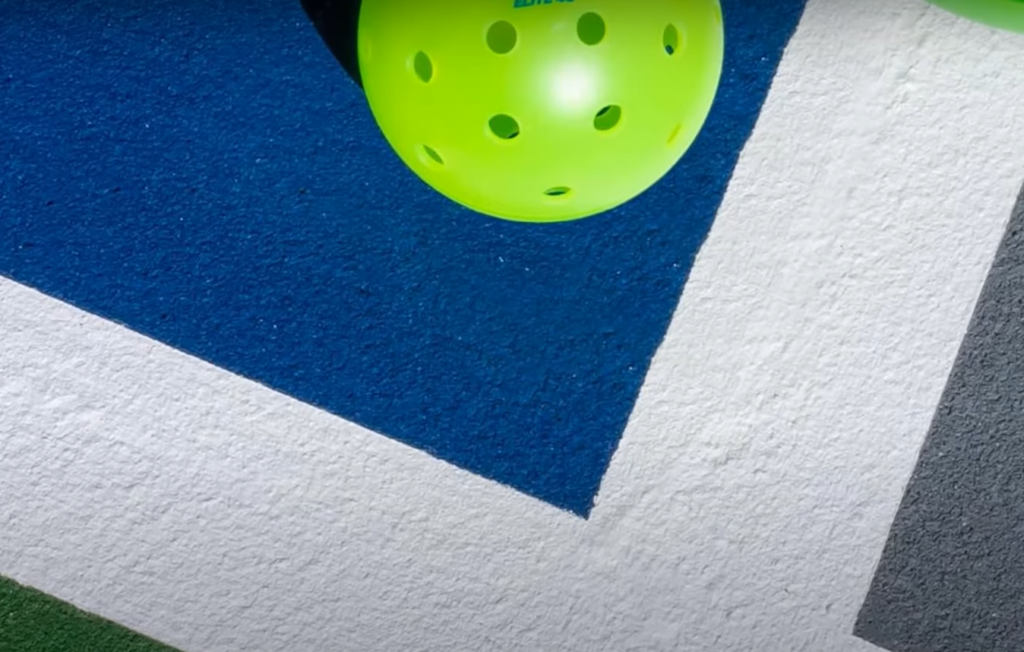
Standard pickleball balls have a diameter of 2.875 inches and weigh between 0.81 to 0.92 ounces. There are also smaller and lighter balls available for children or players with limited mobility. It’s best to try out different sizes and weights to find the one that feels most comfortable for you.
Bounce
Another crucial factor in choosing pickleball balls is their bounce. The ball’s bounce can greatly affect the speed and trajectory of your shots, so it’s important to choose a ball with consistent bounce. Some pickleball balls are designed for indoor use and have lower bounce, while others are meant for outdoor use and have higher bounce to compensate for wind resistance.
Seams
Pickleball balls have either one or two seams, which can affect their flight and bounce. Single-seamed balls tend to spin more and have a truer flight, making them ideal for advanced players. Double-seamed balls are better for beginners as they have less spin and are easier to control.
Visibility
The color and finish of pickleball balls can also affect their visibility on the court. Brightly colored balls, such as neon yellow or orange, are more visible against any background and under different lighting conditions. Some balls also have a glossy finish that can reflect light, making them easier to spot during gameplay.
Official Ball Design
Official ball design is another important factor to consider, especially if you plan on playing in tournaments or leagues. The USA Pickleball Association (USAPA) has specific requirements for official tournament balls, including size, weight, material, and bounce. Choosing an official ball design ensures that you are practicing and playing with the same type of ball used in competitive play.
Construction Of The Ball
Pickleball balls can come in either one-piece or two-piece construction. One-piece balls are more durable and have a better bounce consistency, but they can also be more expensive. Two-piece balls have a softer feel and are typically cheaper, but they may not last as long. Consider how often you plan on playing and the level of competition before choosing a one-piece or two-piece construction.
Indoor vs outdoor
Another factor to consider is whether you will be playing indoors or outdoors. Outdoor pickleball balls are specifically designed to withstand the rougher surfaces and wind conditions of outdoor courts. They have thicker walls and larger holes to reduce the impact of wind and provide a more consistent bounce. Indoor balls, on the other hand, are designed for smoother surfaces and have thinner walls for better control.
Price
The pickleball balls that are usually used for tournaments can cost more than recreational balls. It’s important to consider how often you play and your budget when choosing pickleball balls.
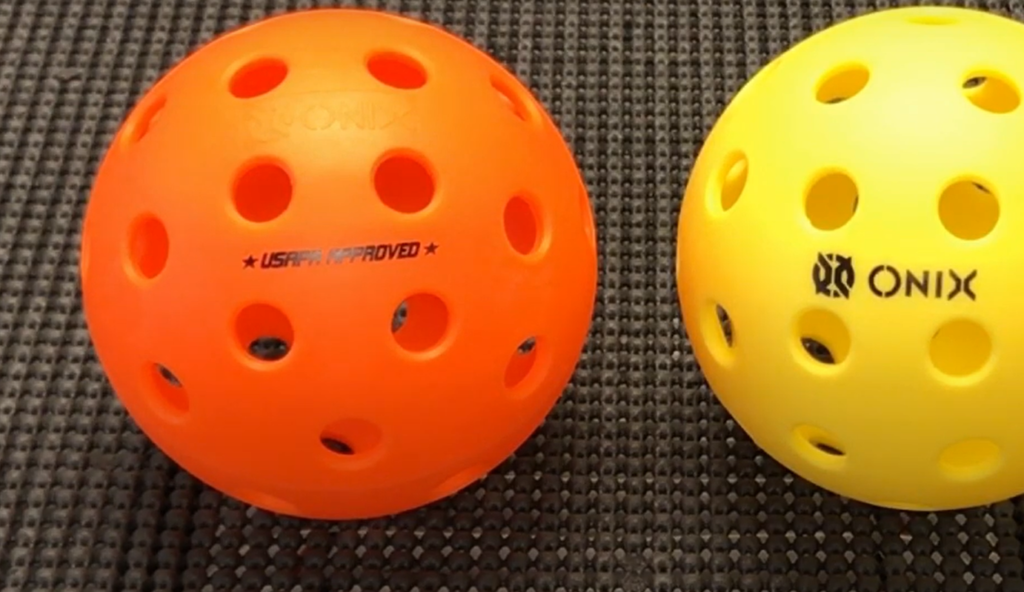
Recreational players may opt for cheaper, durable balls that still provide a good playing experience, while competitive players may invest in higher-quality, official tournament balls. The average price for a pack of pickleball balls ranges from $10 to $20 [1].
What Color of Pickleball Is Used In Tournaments?
The color of pickleball balls for tournaments is another important factor to consider when playing the game. Pickleball balls are typically available in three colors: white, yellow, and green.
White pickleballs are the most common color used for tournaments. They provide excellent visibility on both indoor and outdoor courts, which makes them ideal for competitive play. Additionally, since they are the standard color of pickleball balls, players will be more familiar with them and know what to expect in terms of bounce and speed.
Yellow pickleballs are also commonly used in tournaments, especially for outdoor play. The bright color makes them easy to spot against the sky, making them ideal for games played on sunny days. However, they may be more difficult to see under certain lighting conditions or against certain backgrounds.
Green pickleballs are less commonly used in tournaments, but they are popular for indoor play. The darker color makes them more visible against the lighter floor of an indoor court. However, they may be more challenging to see under artificial lighting.
When it comes to choosing a color for tournament play, it ultimately depends on personal preference and the specific conditions of the court. Some players may prefer white balls for their versatility, while others may prefer yellow or green for their visibility in certain settings. Ultimately, the most important factor is to use a ball that is approved by the tournament and provides consistent bounce and speed throughout gameplay.
It’s also worth noting that some tournaments may specify a particular color of pickleball to be used. This could be for logistical reasons, such as easily distinguishing between different divisions or for sponsorship purposes. Therefore, it’s always important to check with the tournament rules and regulations before deciding on a color of pickleball to use.
In conclusion, while white pickleballs are the standard color used in tournaments, yellow and green can also be good options depending on the playing conditions. It’s important to consider both visibility and consistency when choosing a color for tournament play. So, it’s always a good idea to have a few different colored pickleballs on hand to adjust accordingly. Pickleball is a fast-paced and dynamic game, so having the right color of ball can make all the difference in your gameplay.
Indoor Vs. Outdoor Pickleball Ball Specifications
Balls For Indoor Play
Indoor balls are designed specifically for indoor play, and have different specifications to accommodate the indoor environment. They are typically made with a softer cover material, such as synthetic leather or rubber, which allows for better grip on hardwood floors. The air pressure is also lower in indoor balls, usually around 7-9 PSI, compared to outdoor balls which have a higher air pressure of 9-12 PSI.
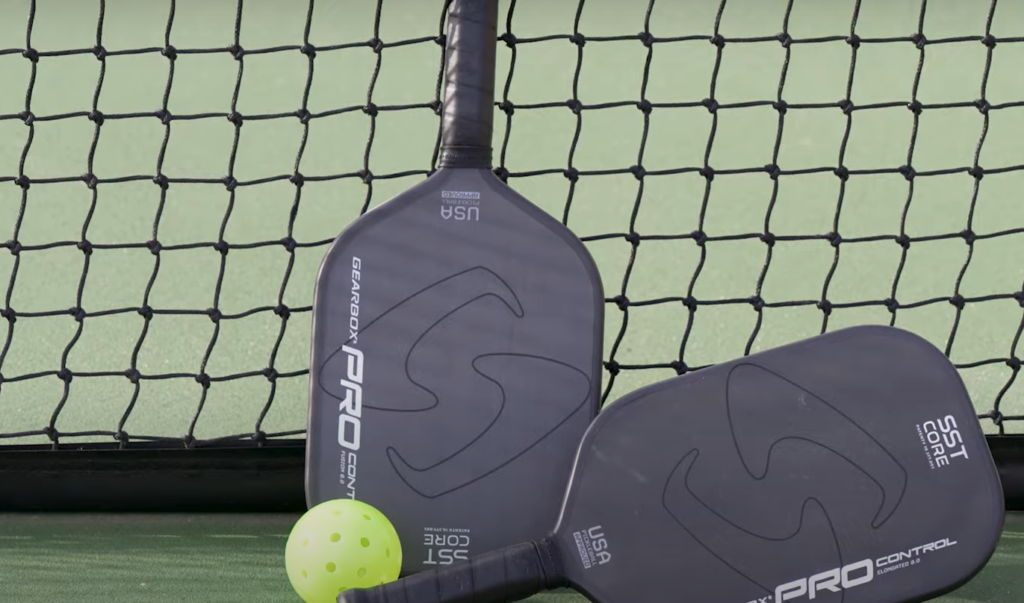
Indoor balls also have a different weight compared to outdoor balls. They are lighter, weighing between 18-20 ounces, making them easier to handle and control in the confined space of an indoor court. In addition to this, indoor balls may also have a smaller circumference, usually measuring around 29.5 inches.
Balls For Outdoor Play
Outdoor balls are designed to withstand the rougher surface of outdoor courts, such as concrete or asphalt. They have a tougher cover material, often made with rubber or composite leather, which can handle the harsher playing conditions. The air pressure in outdoor balls is higher to provide more bounce on hard surfaces, usually around 9-12 PSI.
The weight and circumference of outdoor balls are also different from indoor balls.
The circumference is also larger, usually measuring around 30 inches.Key Differences
There are several key differences between indoor and outdoor ball specifications that make them suitable for their respective environments. The softer cover material of indoor balls provides better grip and control on smooth surfaces, while the tougher cover of outdoor balls can handle rougher surfaces without getting damaged.
The air pressure also plays a significant role in the performance of the ball. The lower air pressure of indoor balls allows for more bounce on hardwood floors, while the higher air pressure of outdoor balls compensates for the harder surface. The weight and circumference also impact the ball’s movement and control, with indoor balls being lighter and smaller for better handling in a confined space.
Choosing the Right Ball
When choosing a ball for your intended play environment, it is essential to consider these key differences between indoor and outdoor balls. Using an indoor ball on an outdoor court can lead to quicker wear and tear, while using an outdoor ball on an indoor court may cause damage to the floor and potentially lead to injuries.
It is also crucial to choose a ball that meets the regulations and standards of your specific sport. For example, basketballs used in professional or college games must meet the official size and weight requirements set by the National Collegiate Athletic Association (NCAA) or the International Basketball Federation (FIBA).
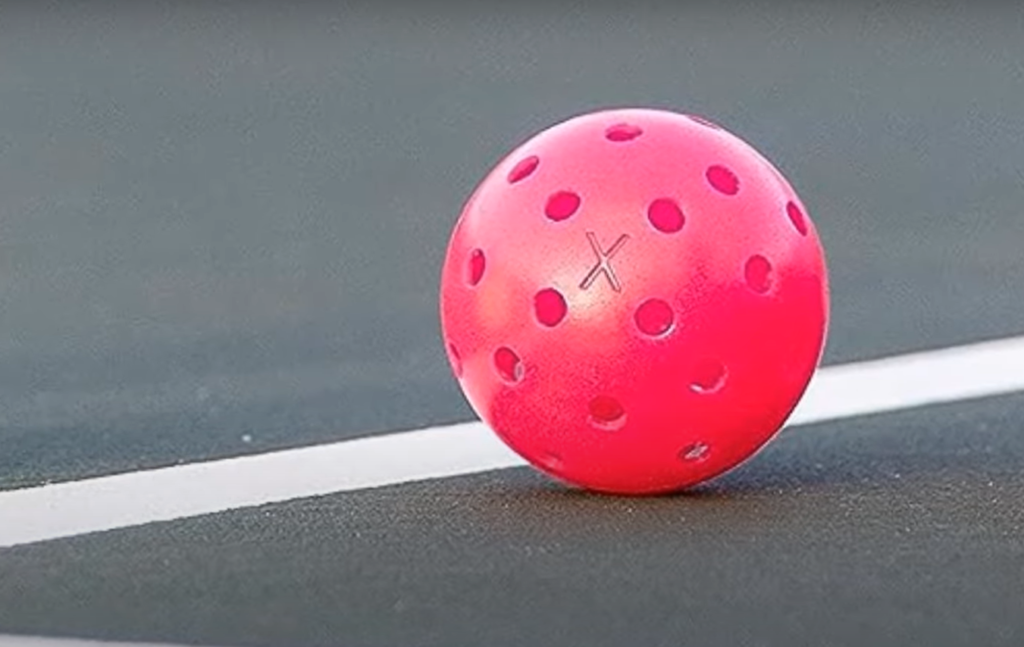
In conclusion, while indoor and outdoor balls may seem similar at first glance, they have distinct specifications that make them suitable for their respective playing environments. Understanding these differences can help you choose the right ball for your game and ensure a better overall performance on the court. So, make sure to consider these factors before making your next ball purchase [2]!
How Long Does A Pickleball Last?
Pickleball balls are designed to be durable and long-lasting, especially when compared to other types of balls used in sports. However, the lifespan of a pickleball can vary depending on the quality and usage.
Generally, a high-quality pickleball can last anywhere from several months to a couple of years with regular use. This is because pickleballs are made from a combination of plastic and rubber materials, which are designed to withstand repeated hits and bounces.
In addition, pickleballs also come in different grades or levels of durability. For example, indoor pickleballs tend to have a softer feel and are better suited for playing on gym floors. On the other hand, outdoor pickleballs have a harder surface and can withstand rougher terrain such as concrete or asphalt courts.
The lifespan of a pickleball can also be affected by the type of game being played. Pickleball can be played at different levels and speeds, and this can impact how long the ball will last. A more aggressive game with harder hits and faster pace may cause the pickleball to wear out quicker compared to a slower-paced recreational game.
To maximize the lifespan of your pickleballs, it is important to store them properly. Pickleballs should be kept in a cool and dry place, away from direct sunlight or extreme temperatures. It is also recommended to rotate between different pickleballs during gameplay to distribute wear and tear evenly.
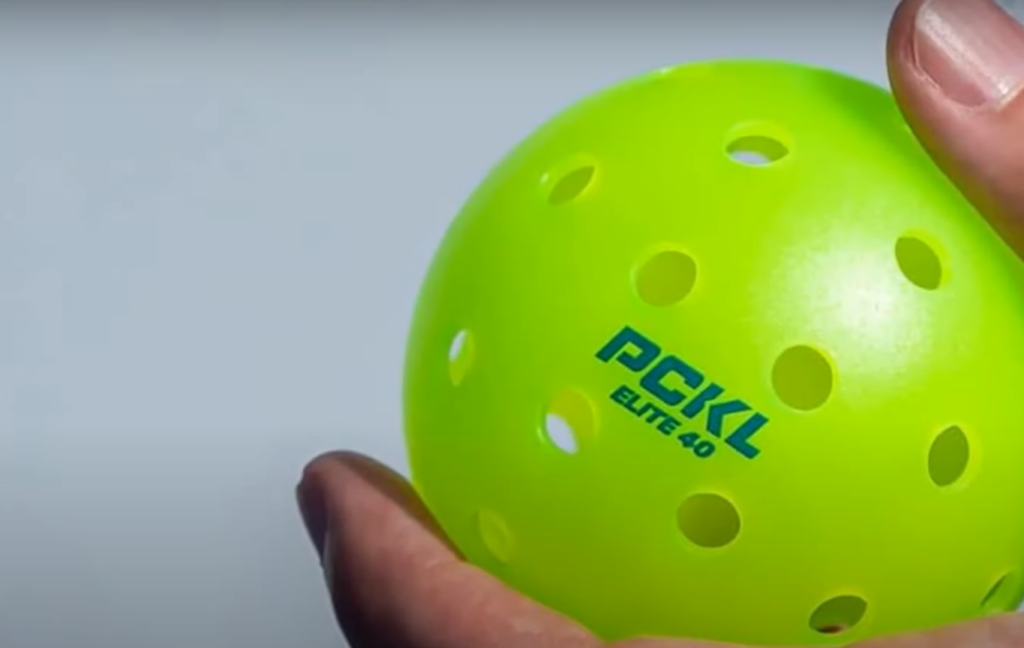
In conclusion, the longevity of a pickleball depends on various factors such as quality, usage, and storage. By choosing high-quality balls and taking proper care of them, you can ensure that your pickleballs will last for a long time, providing you with endless hours of fun on the pickleball court [3].
FAQ
What are official pickleball balls?
Official pickleball balls are those that have been approved and certified by the USA Pickleball Association (USAPA). These balls meet specific criteria for size, weight, bounce, hardness, and color. Using official pickleball balls ensures fair play and consistent performance in tournaments and competitions.
Some examples of official pickleball ball brands include Onix, Dura Fast 40, Franklin X-40, and EngagePickleball. These brands have gone through USAPA’s approval process to ensure they meet the standards set by the association.
It is important to use official pickleball balls when playing in sanctioned events or leagues to avoid disqualification and maintain the integrity of the game.
What are pickleball balls made of?
Official pickleball balls are meticulously crafted using a robust and resilient material known as polyethylene. This hard plastic is chosen for its exceptional durability, guaranteeing longevity even with regular and vigorous use on the court. Additionally, some pickleball balls may incorporate additional elements such as rubber or cork, skillfully integrated to optimize their bounce and overall performance, delivering an unparalleled playing experience.
How long do pickleball balls last?
The lifespan of pickleball balls varies depending on usage and quality of the ball. Official pickleball balls are designed to withstand the wear and tear of intense gameplay, and with proper care, can last for hundreds of games. However, factors such as exposure to extreme temperatures or excessive use on rough surfaces can shorten a ball’s lifespan. It is recommended to inspect your pickleball balls regularly for signs of wear and replace them when necessary to maintain fair play and avoid potential injuries.
How do I choose the right pickleball ball for me?
Choosing the right pickleball ball ultimately depends on personal preference and playing style. Some players may prefer a softer ball that allows for more control, while others may opt for a harder ball that provides more power.
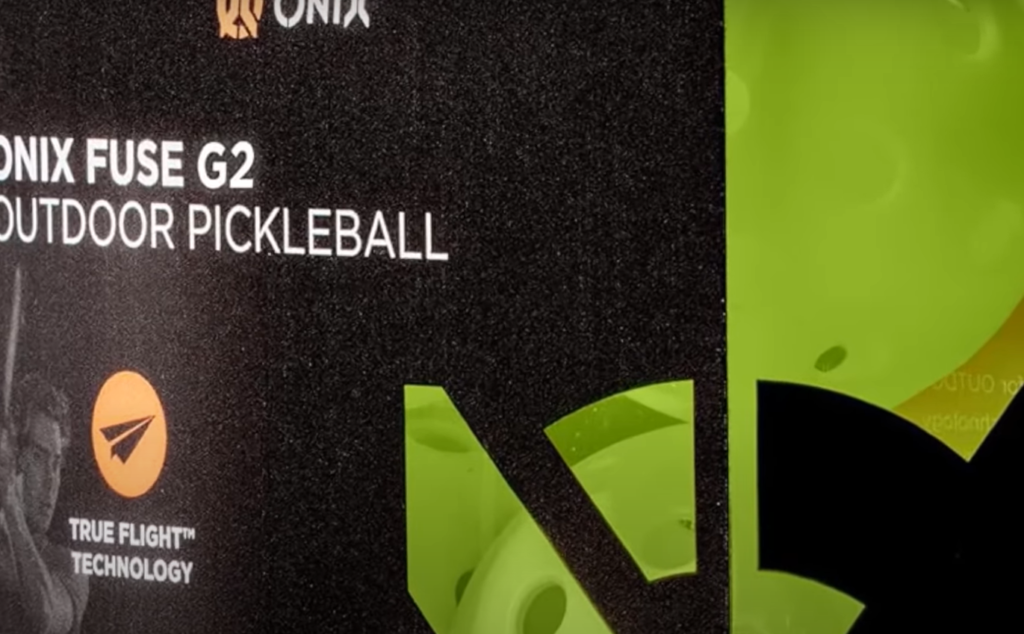
Additionally, factors such as court surface and climate can also play a role in selecting the right pickleball ball. It is recommended to try out different brands and types of balls to find the one that suits your game best. Remember, always choose official pickleball balls that are approved by USAPA for sanctioned events. By doing so, you can ensure a fair and enjoyable playing experience for all players involved.
Do pickleball balls come in different colors?
Yes, pickleball balls come in a variety of colors to suit personal preferences and playing conditions. The most common colors are yellow, white, and orange, with yellow being the official color for sanctioned events. However, some brands may offer additional color options such as green or blue. When choosing a pickleball ball color, it is important to consider factors such as visibility against the court surface and whether a specific color is required for a particular event.
How do I clean my pickleball balls?
To maintain the quality and longevity of your pickleball balls, it is recommended to clean them regularly after use. Simply wipe them down with a damp cloth or sponge to remove any dirt or debris. Avoid using harsh chemicals or abrasive cleaners as they can damage the ball’s surface. Additionally, ensure that your pickleball balls are completely dry before storing them in a cool and dry place to prevent mold or mildew growth. With proper care, your pickleball balls will continue to perform at their best for many games to come.
Are there different types of pickleballs?
Yes, there are different types of pickleballs available on the market. While official pickleball balls must meet certain standards set by USAPA, recreational and indoor pickleballs may have slightly different specifications. Some notable variations include softer “training” balls for beginners, foam or wiffle balls for use in smaller spaces, and quiet or low bounce balls for indoor play. It is important to consider the type of game and playing environment when selecting a pickleball ball to ensure optimal performance. Remember, official pickleball balls are always recommended for sanctioned events to maintain fairness and consistency in gameplay.
What is the difference between yellow and orange pickleballs?
The main difference between yellow and orange pickleballs lies in their visibility against different court surfaces. Yellow pickleballs are the standard color used for sanctioned events because they stand out well against both dark and light-colored courts. Orange pickleballs, on the other hand, are designed specifically for use on indoor courts with a lighter surface color. These balls may be easier to spot and track on these surfaces, providing better visibility for players. Ultimately, the choice between yellow and orange pickleballs depends on personal preference and playing conditions. Remember, always choose official pickleball balls for sanctioned events to ensure consistency in gameplay.
Useful Video: What is the Difference in Pickleball Balls? Pickleball Review
Conclusion Paragraph
So, the paintball balls for tournaments are quite different from recreational paintball balls. These differences in size, shape, and shell thickness can have a huge impact on the overall performance of the paintball gun and the player’s experience. Thus, it is important to choose the right paintball ball depending on your purpose. In addition to considering these factors, there are also other aspects that should be taken into account when selecting paintball balls for tournaments. For example, the type of paint used in the balls can also affect accuracy and consistency. Some tournaments may have specific regulations on the type of paint allowed, so it is important to be aware of these rules before making a purchase.
References:
- https://www.verywellfit.com/best-pickleball-balls-7495915
- https://www.paddletek.com/blogs/news/indoor-vs-outdoor-pickleballs
- https://pickleballrookie.com/how-long-does-a-pickleball-last





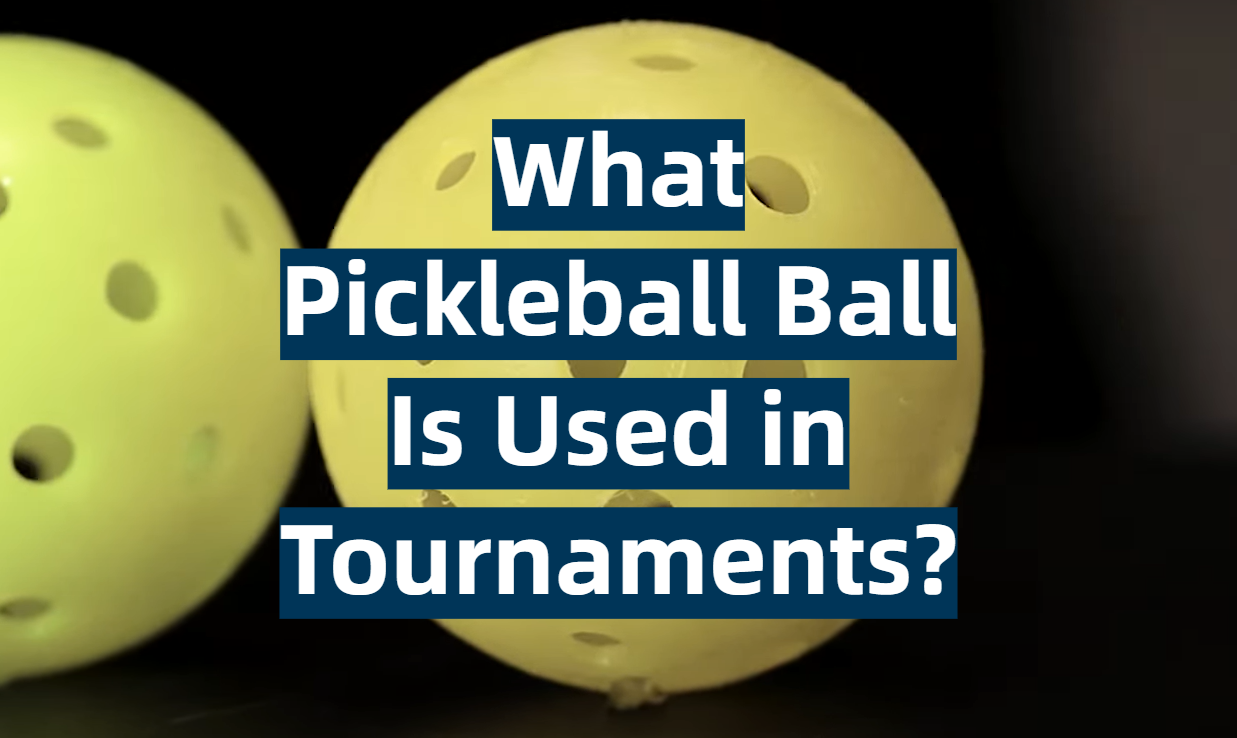
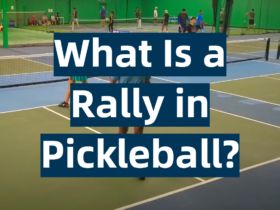
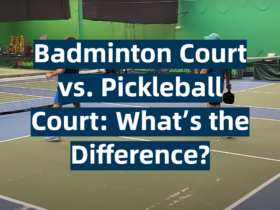
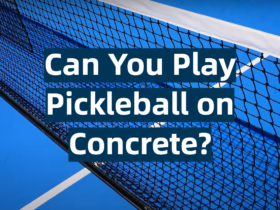
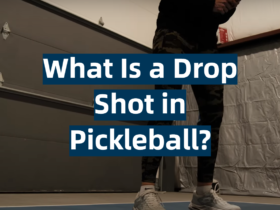
Leave a Review